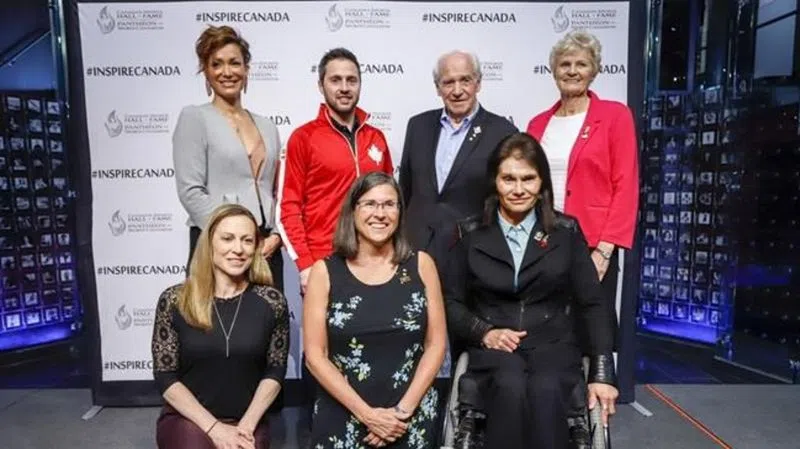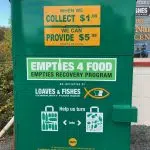
Canada’s Sports Hall of Fame closes museum for 2020, will still induct athletes
CALGARY — Canada’s Sports Hall of Fame is closing the doors on its Calgary museum until the end of 2020, but will still announce a class of inductees this year.
The COVID-19 pandemic forced the cancellation of the Hall’s major spring fundraiser. The Hall also cancelled October’s induction gala, which was another revenue generator.
Temporarily shuttering the museum was a financial survival step, according to the Hall’s chief executive officer Cheryl Bernard.
“We need to do the responsible thing by minimizing our overhead so that we come out the other side and continue to do our job preserving history and educating Canadians on the value of sport, but also respecting we’re going to need time,” Bernard told The Canadian Press on Wednesday.


